- Details
- Category: NEWS AND EVENTS
- Hits: 4399
The Department of the Interior and Local Government (DILG) Region 3 and the Province of Tarlac entered into a Memorandum of Commitment (MOC) for the mainstreaming of the Regular Barangay Clean Up in the Province of Tarlac as an expansion of the Manila Bay Clean Up, Rehabilitation and Preservation Project. The activity was conducted on January 31, 2012 in coordination with DILG Tarlac and was incorporated in the Infrastructure Development Planning Workshop of the Provincial Government at Hotel Stotsenberg, Clark Freeport Zone, Pampanga.
The MOC was forged by Governor Victor A. Yap of the Province of Tarlac, all City/Municipal Mayors headed by LMP-Tarlac Chapter President Dennis Norman T. Go and Regional Director Florida M. Dijan of DILG R3. Also present during the event was DILG Tarlac Provincial Director Dennis D. Villaseñor, OIC-MED Chief Lerrie S. Hernandez, members of the Vice-Mayors League and City/Municipal Planning and Development Officers (C/MPDOs).
The partnership arose as part of the LGUs’ initiative to signify their commitment in the regular cleaning of the major/minor rivers and waterways within the province. The event also highlighted that the inter-LGU collaboration was not only limited to the six (6) city and municipalities covered by the Manila Bay Watershed Area, but was expanded to all the LGUs of the province.
In his message, Governor Yap expressed his appreciation in creating partnerships that promote synergy among LGUs and he also assured that LGUs under his leadership will continue to work with DILG as their partner for good governance.



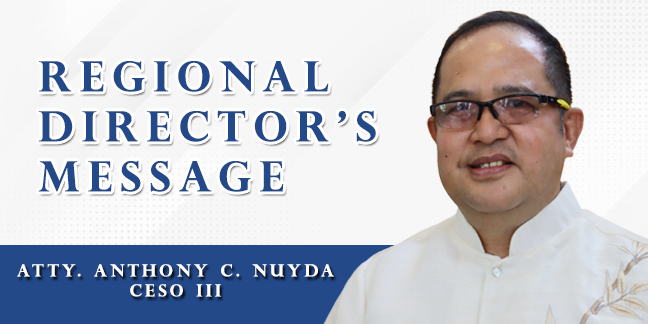
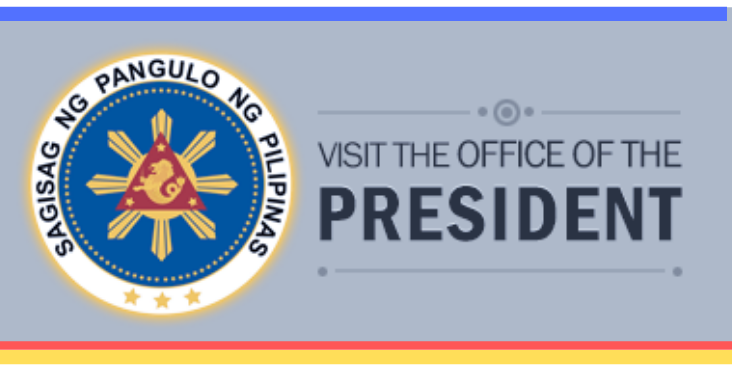

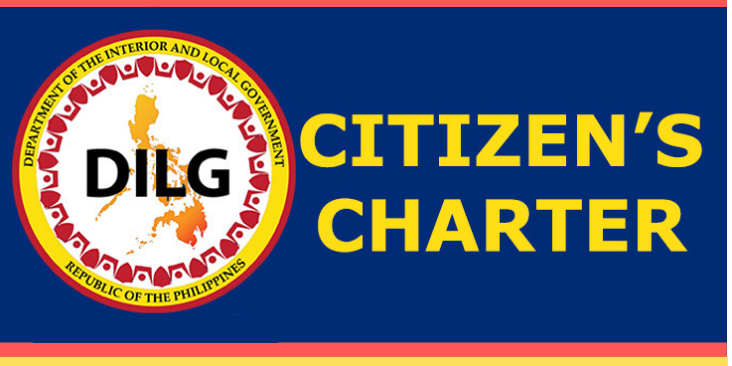
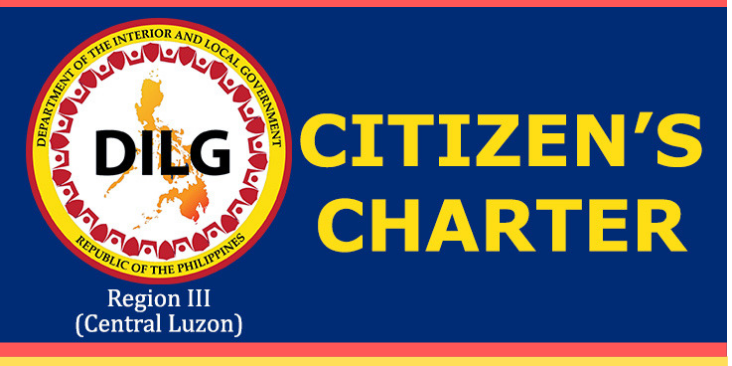


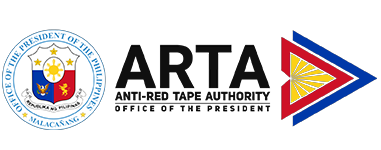
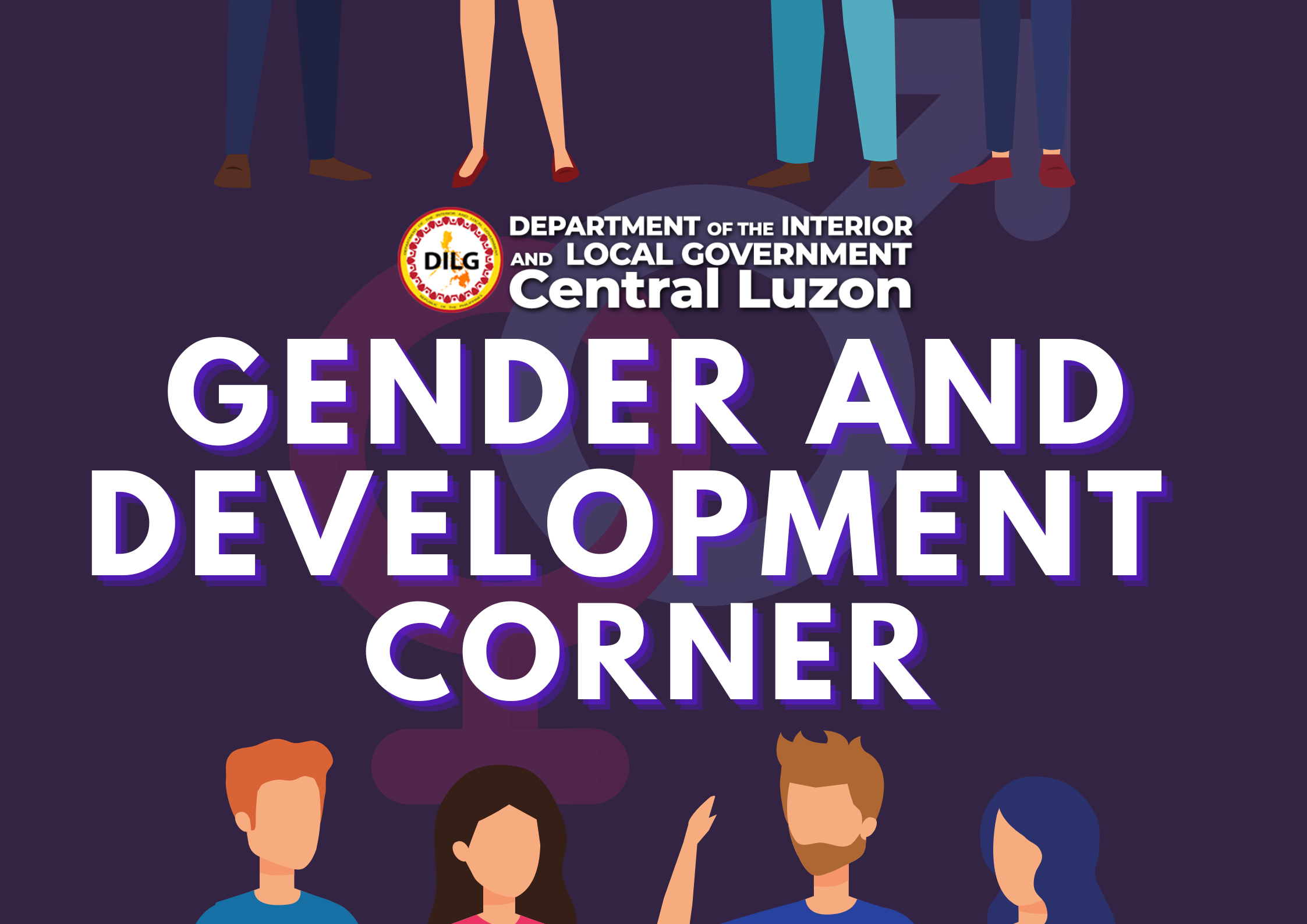
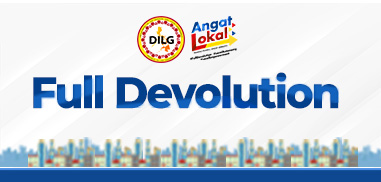

 LOCAL GOVERNMENT ACADEMY
LOCAL GOVERNMENT ACADEMY PHILIPPINE NATIONAL POLICE
PHILIPPINE NATIONAL POLICE BUREAU OF FIRE PROTECTION
BUREAU OF FIRE PROTECTION
 PHILIPPINE PUBLIC SAFETY COLLEGE
PHILIPPINE PUBLIC SAFETY COLLEGE NATIONAL POLICE COMMISSION
NATIONAL POLICE COMMISSION